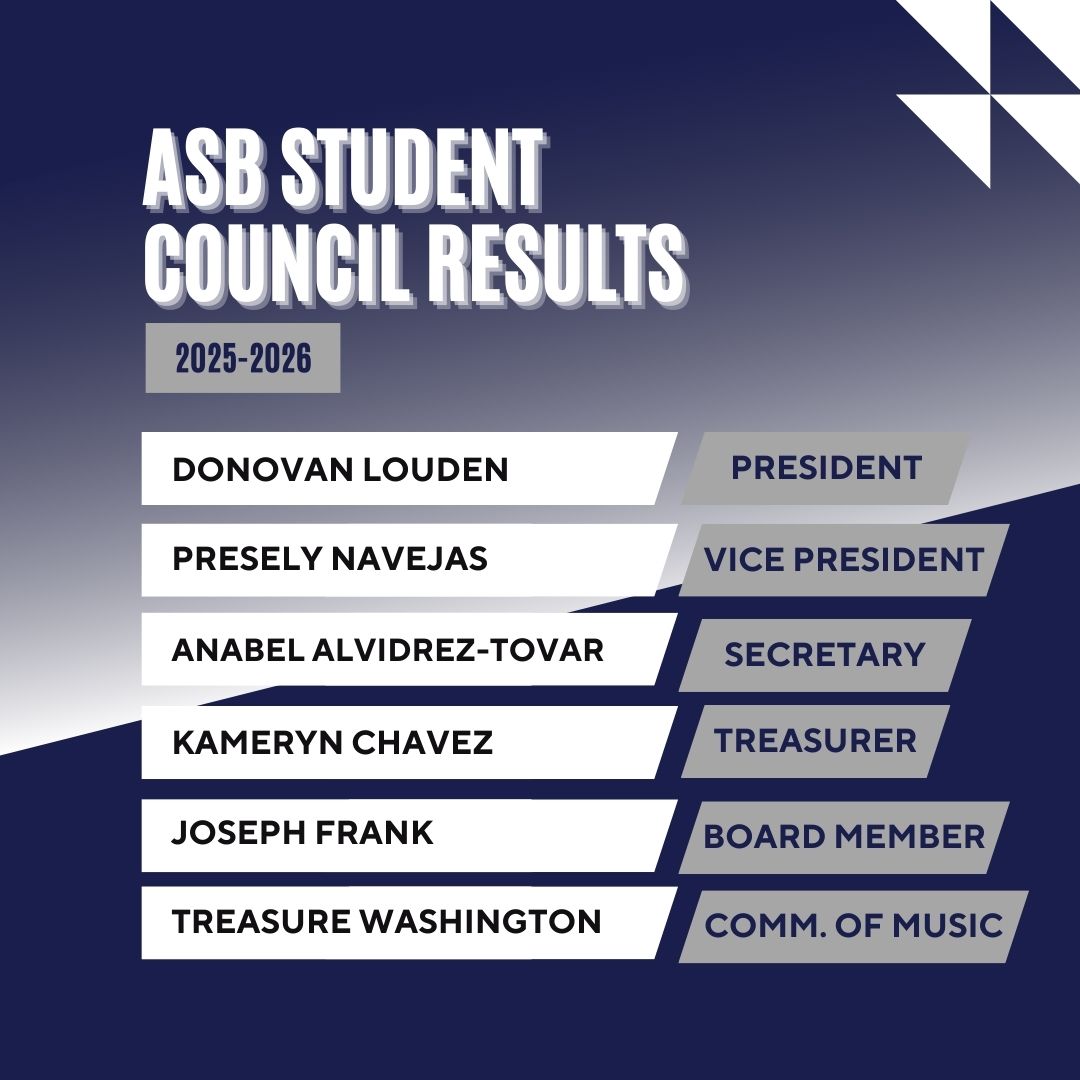On Feb. 25, President Donald Trump proposed a new policy that would allow immigrants the opportunity to obtain legal residency in the United States. Trump’s proposal focuses on the creation of a “gold card” that can be purchased by immigrant individuals and families.
The pitch of the “gold card”
Many Americans are left questioning why the proposal is being so heavily criticized if this “new” approach to immigration concerns is so beneficial for immigrants.
The unpopular catch is that the “gold card” is mainly aimed at the wealthy, and will limit people who need to get their green card quickly due to the cost.
“For $5 million, we will allow the most successful job-creating people from all over the world to buy a path to U.S. citizenship,” Trump said to Congress on March 4.
According to Trump, the payments will not end there for immigrants either.
“These people will have to pay tax in our country,” Trump said.
The gold card is “aimed at wealthy foreigners willing to pay millions for the right to live in the U.S,” Aimme Picchi, a CBS News reporter, wrote.
This new gold card is supposed to help Trump’s administration limit and monitor those who come to the country, ultimately working towards the promise Trump made after taking office to address immigration concerns.
“Yet both the new gold card and the EB-5 program have a common goal: Attracting foreign capital by allowing rich non-citizens to ante up in exchange for a U.S. residency visa. By allowing those that are willing to pay for the gold card it will grow the economy. By pricing the gold card with a higher amount, the money of those who bought it will be added to the United States Economy,” Picchi wrote.
Through the gold card, many people say that it will be a new way to monitor immigration status. Many hope the new gold card could even replace the standard “green card” in the long run.
What is a “green card”?
“The green card is also known as a Permanent Resident Card,” the United States Citizenship and Immigration Services (USCIS) writes.
The “green card” allows immigrants to live and work in the U.S. legally for a prolonged period. Obtaining a “green card” is also one of the first steps for immigrants to begin working towards U.S. citizenship.
There are several ways that the residency card can be obtained. One of the most common and well-known ways of getting a green card is through the marriage of a U.S. citizen to a foreigner, but the second most common way is through employers.
However, a long-term source of criticism stems from the difficulties many hopeful immigrants face during the application process.
With the “process taking an average of three years in order to complete” CBS News and the Cato Institute said.
“[…] around 88% of family-based green card applications are those that are from marriage,” the USCIS states.
To apply for a green card, potential immigrants would need to meet the qualifications for one of the following categories shown on the USCIS website.
- Green card through family
- Green card through employer
- Green card as a special immigrant
- Green card through refugee or asylum status
- Green card for human trafficking and crime victims
- Green card for victims of abuse
- Green card through other categories
- Green card through Registry
Applying for a green card isn’t easy, and it typically involves quite a bit of money and paperwork.
According to USCIS, to apply for a green card through the program for a family, it’s somewhere around $2,000 – $3,000 per person. For those seeking it through employment-based applications, it’s priced from $2,000 – $5,000 per individual.
After the application fees have been paid, applicants are assigned a case number. The USCIS then slowly works to verify that the person seeking a green card is eligible for one, and begins the process of issuing a temporary visa while the process continues.
“Only about 3 percent of the people who have submitted green card applications will receive permanent status in the United States in fiscal year (FY) 2024,” the CATO Institute said.
CATO explains that many people apply for a green card each year, but the number of people who get approved is a very small percentage of those who have applied.
For immigrants to obtain a green card for employment, the process often takes three years. However, many immigrants face even longer wait times to be approved for various reasons; some cases have been known to take even five to ten years before the applicant is officially approved or rejected.
In 2018, there were about 1.1 million green cards received; since 2018, the number of green cards that are being approved has decreased. In 2019, the number dropped to approximately 1.03 million green cards issued. This number dropped again in 2020, as it went down to about 700,000 green cards approved.
The average income of people migrating to the U.S. is about $22,000, and immigrants often do not see their income level quickly increase from their starting point; this makes the lengthy waits with the high costs to apply for a green card additionally frustrating for those seeking entry into the U.S. This indicates that while the new gold card may help wealthier immigrants obtain legal entry and citizenship more quickly, the average immigrant is unlikely to afford it.
There is no real set mention of who or what percentage of people would qualify for the new gold card if they can pay the fee.
However, some experts state that those who do get gold cards will likely be those who “would be ‘wealthy and successful’ individuals who would spend money, pay taxes, and create employment opportunities in the United States.”
Limited information has been released since Trump’s initial proposal of the gold card, so potential applicants are encouraged to stay tuned.
This is a developing story.








